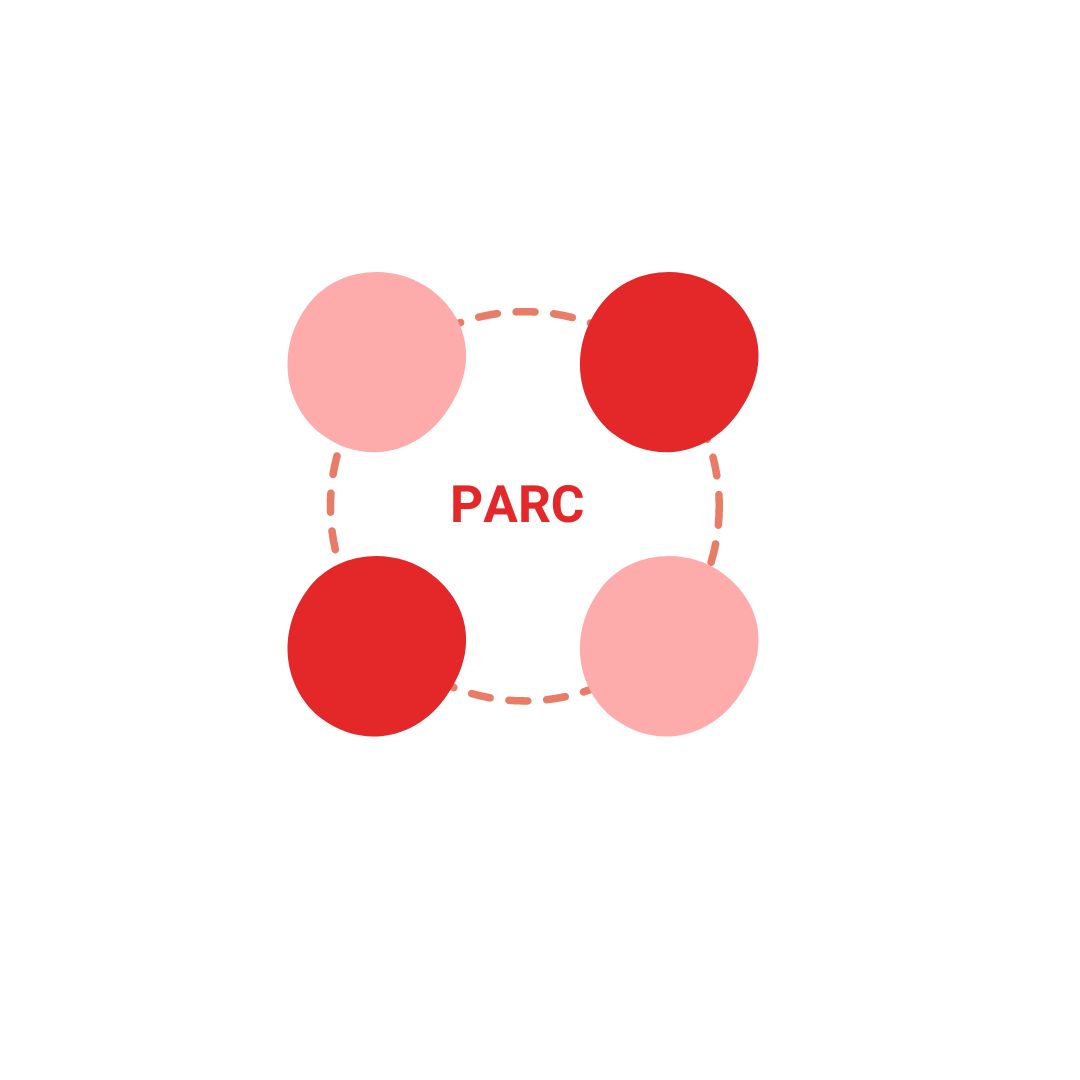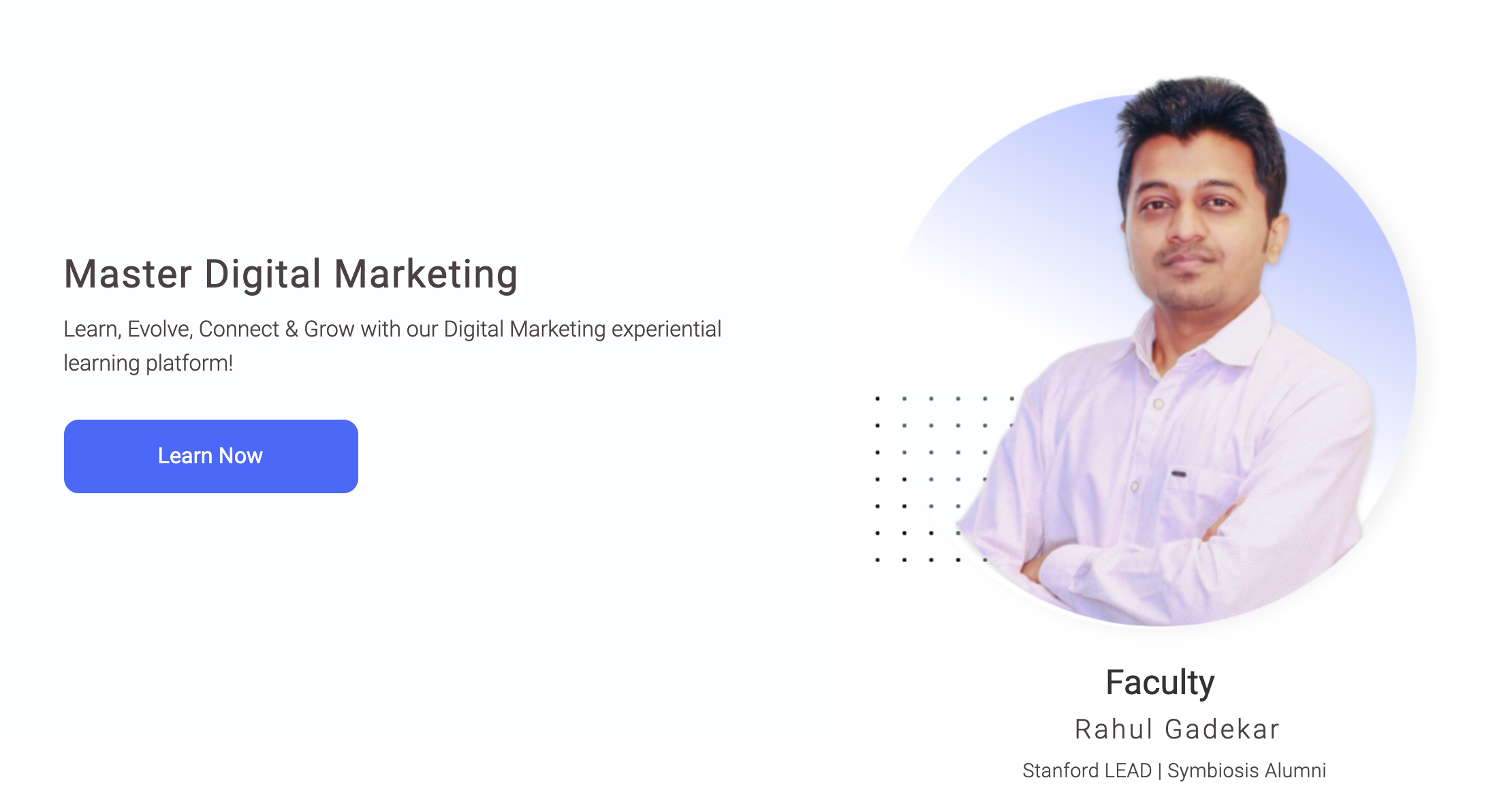In today’s world of digital, data is generated for every dollar you spend. This data is generated through various touch points including display ads, programmatic ads, video ads, email campaigns, web analytics, social media etc.
Each user generates hundreds of digital footprints across different channels. So how do advertisers leverage these data signals and drive value for their business?, That’s when the data management platform (DMP) comes into picture.
What is a Data Management Platform (DMP)?
A DMP, or data management platform is a type of centralised technology platform that gathers data from various sources, it segments the data with respect to different aspects including behaviour, demographics, device, location etc, it activates first, second and third party data, which is leveraged by advertisers to create personalized experiences on digital, across different audience segments.
Advertisers, agencies and publishers use DMP to improve targeting and create personalisation, during the communication journey of their marketing campaigns.
What are the benefits of using Data Management Platform (DMP)?
With DMP you can learn through data and put insights into action:
Improves Ad Targeting
DMP helps you to segment audiences based on their behaviour, demographics, interests, device, location, purchase intent data etc. With these segments you can define different ad communication pieces specific to these audiences, making it relevant, thus driving more value from your media investments.
Builds a Story
Through DMP you can learn through each touch point of the user and build a story of your product or service you are marketing, then pushing static communication.
Below is an example of how we build a story to communicate with the audience for a real estate project.
The first ad communication starts with a probing message, where we were trying to find audiences who would be interested in real estate project in Baner or looking for a home in Baner

The second message tries to build curiosity about the project

The third message highlights the luxury aspect of the property

The fourth message communicates another highlight of the project which is high rise

The fifth message communicates about the offer/deal on the property.

The sixth message communicates about the customers who have bought apartments in the project. Also, customer testimonials are display in the messaging to build trust.

Dynamic creatives at scale in realtime
With the help of DMP platform, you can customise your ad in real time and dynamically communicate it with different data points in your ad sets through marketing automation.
This is part of dynamic creative optimization (DCO), which helps you to build multiple ad sets in real time to communicate different messaging to each user.
Below is an example of our IPL campaign where we used real time score integration in our ads during live matches.
As the player gets on the crease, the player ad set is automatically triggered with his name

Match run rate is automatically triggered on ad sets in real time

IPL 6 Counter is triggered in ad units in real time

Bowling stats are triggered real time in ad sets

Similar other events like century, half century, wickets, sixes, run outs etc were triggered real time in ad sets during live matches, which helped us to build high engagement with cricket fans and increase subscribers on Hotstar
Seamless Communication With Other platforms
You can connect ad exchanges, ad networks or any third party platforms with your DMP to collect data at ease.
This helps you to buy inventory on different publishers leveraging data. In order to buy inventory you need to have a demand side platform (DSP).
Data Monetisation
As you would be collecting data from various sources, you can sell your own data as a second-party data to advertisers based on different segments.
What kind of data can be collected on DMP?
Through DMP, you can collect below data
Interactions Data – Interactions data includes different types of touch points including which CTA’s the user has clicked on, which creatives users have clicked on, which ad sets generated maximum engagement on the website or landing page, key searches within the website driving sales, content pieces driving maximum subscribers etc.
You can use these data signals to define the communication journey, basis the interaction element.
Sessions Data – You can collect data of users for different sessions including, first session, second session, third session, fourth session, fifth session etc and market users who have generated multiple sessions on your website with differential messaging and offer.
Behavioural Data – You can collect behavioural data of the users visiting your website and segment it basis their movement to the bottom of the funnel.
This data can be used in the remarketing journey where the user dropped off, making the ad communication relevant and encouraging the user to complete the action.
Purchase Intent Data – You can collect data of users who had high intent to purchase by understanding different signals including pages per visit, time spent, product views, add to cart, check out behaviour etc.
These users can be further targeted through marketing automation with promotional messages to drive sales.
Interests – Collection and classification of data by interests eg: health & fitness, cars, football etc can be done through DMP
These audience segments can then be used for targeting.
Demographics Data – You can collect data basis age and gender through DMP
First Party Data – You can collect first party data on DMP of your assets including website, CRM, mobile applications, transaction systems, subscriptions, point of sales data and social. First party data is the data which you have collected at your source.
Second Party Data – You can collect second party data on DMP, second party data is a data collected by pixel or cookies. It is first hand data collected by a different organisation, which is shared with you.
Third Party Data – You can collect third party data on DMP, third party data is bought directly from a vendor or through data aggregators, which is ready to use.
In order to collect first, second and third party data, you need to integrate your DMP with respective data sources.
How does DMP work?
There are four stages in the data management platform, as below:
1. Data Collection
Data management platform first collects data of the uses, such as geographical location, demographics, interests, online behaviour, devices, cookie id’s, CRM data, social data, smart tv data, purchase data, third party data, website data.
2. Data Classification
The next step after collection of data is to classify the data basis your requirement, you can classify basis devices, geography, CRM, third party etc.
3. Data Analysis
Once you have classified the data, the next step is to do analysis of the data in terms of interactions, sessions, purchase intent, engagement on the site, behaviour, ad creative interactions, etc.
4. Data Usage
Once you have done the analysis of data, now you can leverage different data points to define your marketing and communication strategy to different audiences. This will help you to personalise the communication, build a story about your product or service, use dynamic creatives in communication and build ads a scale to drive success.
In order to leverage DMP data, you need to integrate demand side platforms which are connected to ad exchanges and ad networks to buy inventory on publishing sites.
Who should use DMP?
DMP can be used by advertisers and ad agencies who want to deliver personalized ads and optimize their campaigns.
Publishers also use DMP to improve on-site personalization and drive dynamic content within their website basis user behaviour, which helps to drive more engagement, thus helping advertisers to buy more inventory on those publishing platforms.
Who are the top DMP solutions providers?
- Amazon Redshift
- IBM Db2
- Google Big Query
- Adobe Audience Manager
- Microsoft Analytics Platform System
- Oracle BlueKai
Conclusion
If you are advertising heavily on digital media, I would recommend you to have a DMP in place, which will help you to understand your audiences, classify your audiences and integrate third party data, helping you to create personalised and custom experiences to the users in the marketing journey. So leverage data and drive more value to your business today!







